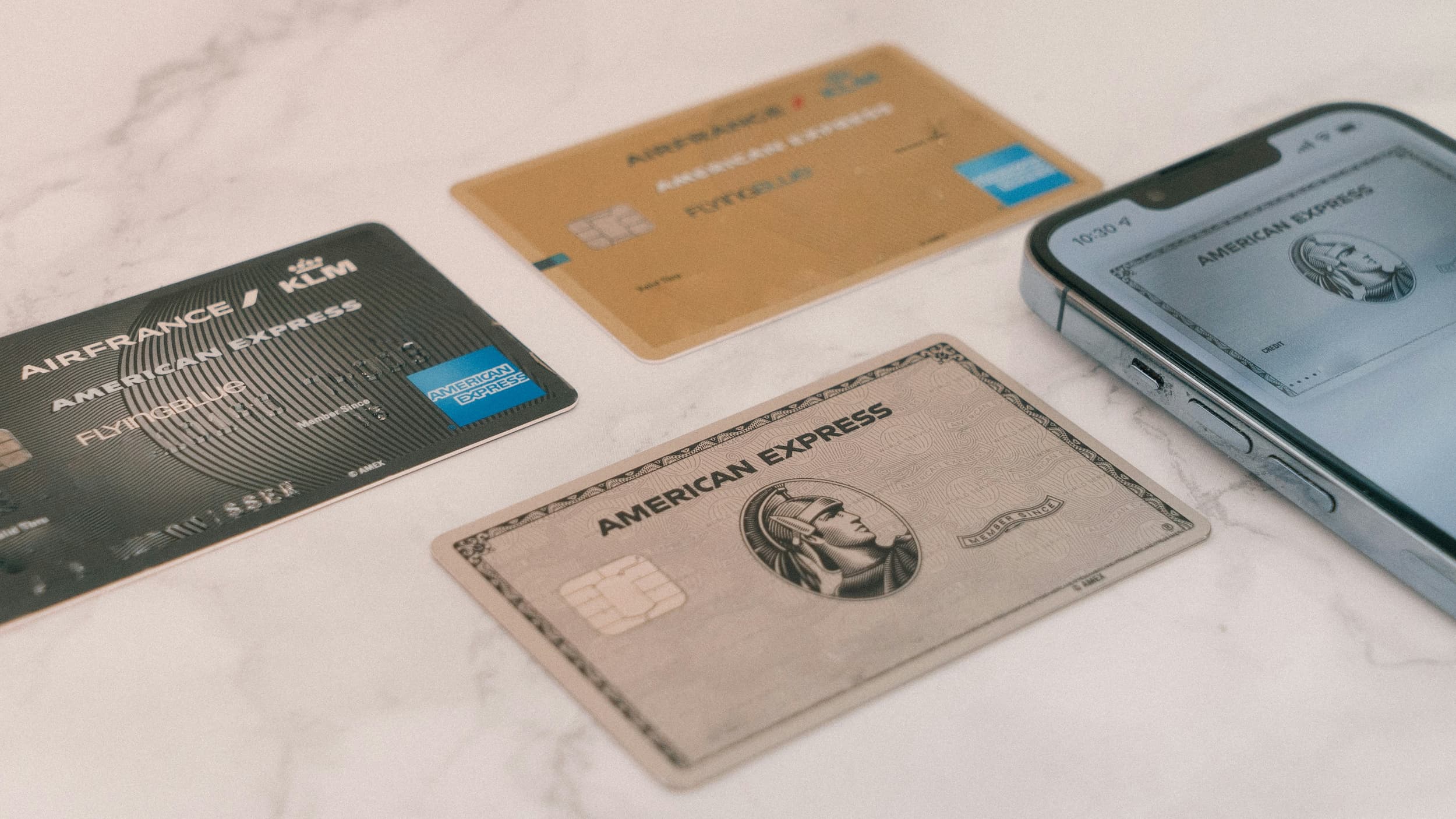 Your Money
Your Money What Was the Largest Credit Card Purchase Ever?
The largest credit card purchase in history was made by Chinese magnate Liu Yiqian in 2015. Find out what he bought and how much he spent.



Fake bank transfer fraud is a growing threat that affects people worldwide. Scammers have the ability to trick victims into believing they’ve received money.
They may then ask you to return the money or give them the product you are selling. That’s why it’s crucial to know how to spot a fake transfer...
But how can you tell if a transfer is fake? What steps can you take to avoid it?
The truth is, this type of scam can often be hard to detect until it’s too late.
However, today we’ll explain how you can recognize a fake transfer and the most common forms of bank transfer fraud. Additionally, we’ll share some practical tips to help you protect your financial transactions.
Scammers use many tricks to deceive. A common example is the fake transfer receipt, used to convince you that the transaction has been made. If you rely on the image and don’t check the details, you could lose your money.
So, if someone sends you a bank transfer for any reason, you should verify its authenticity.
But how can you tell if a transfer is fake?
Here’s how:
Ensure you have the sender's name, the issuing bank, and the tracking or reference number.
Go to Banxico and complete the form with the required details.
Monitor your bank account to confirm if the funds are correctly reflected in your balance.
If you’re delivering goods or services, avoid taking risks if there’s a delay in receiving a transfer. It’s better to contact the bank and verify if the money has truly been credited or is still being processed.
As mentioned earlier, scammers may send falsified receipts. They might also manipulate transfer information or use third-party bank accounts to divert funds.
While it may be difficult, it’s not impossible.
Keep all receipts, emails, and messages that can serve as evidence to prove you were a victim of fraud. Next, notify your bank and file a formal claim.
The bank may begin an investigation and might be able to cancel the transfer if it hasn’t been completed yet. They could also reverse the transaction if they confirm it was fraudulent, but you need to report it.
Depending on the severity, you can file a complaint with local authorities or the CONDUSEF (National Commission for the Protection and Defense of Users of Financial Services) for guidance and support.
Acting quickly is your best chance of recovering your money.
This is when your money is moved from your bank account to another without your consent or knowledge. It’s another way of saying, “I was scammed by a bank transfer,” as you didn’t explicitly authorize it.
Although encrypted transfers can reduce the risk of identity theft, hacking, or fraud, you’re not immune to these threats.
That’s why it’s recommended to be cautious about sharing devices, as your bank and personal data may be exposed.
If you have DolarApp on your phone, make sure that no one else can access it, especially if you’re using public networks to connect to the internet.
By regularly checking your bank statements, you’ll be able to quickly spot any unauthorized or suspicious charges, such as:
Unauthorized automatic payments.
Online purchases you didn’t make.
Transactions you don’t recognize.
Unexpected additional charges on your purchases.
If this happens, you can take the following steps:
Call customer service or visit your bank branch if you're nearby.
Inform the bank about the unauthorized transaction and provide all available details.
Change your online banking passwords if you believe your credentials were compromised.
It’s also a good idea to request a temporary freeze on your account to prevent further transfers.
There are multiple methods scammers use to deceive people and steal money via bank transfers. Although this isn’t a new issue, it’s important to be aware of the most common forms.
Here are some examples:
This is a tactic where scammers send emails or messages that appear legitimate. Usually, they impersonate banks and ask for information such as your account number.
They often ask you to follow links that eventually redirect you to fake websites, leading to the theft of your financial data.
They promise quick and high returns on investments, tricking victims into transferring money to fraudulent accounts. In reality, it’s a lie, and you end up losing your money.
These scammers pretend to be tech support agents from your bank and tell you that you have a supposed problem. Under the pretense of fixing it, they try to persuade you to give them remote access to your computer. This allows them to access your bank accounts and make unauthorized transfers.
This is one of the most common online scams. They offer non-existent products at attractive prices and convince the victim to pay in advance. After receiving the transfer, they disappear without delivering anything, leaving you without the product and the money.
They use trust to deceive the victim and obtain money. In this case, they impersonate family members or friends and ask for an urgent transfer to resolve fictitious problems.
CONDUSEF detects at least 15 cases per week and warns users about a new type of fraud through SPEI. The method involves publishing fake ads from well-known companies offering products.
Victims contact the scammers and are instructed to make an electronic transfer (SPEI) to a CLABE account that supposedly belongs to the company. However, the money is sent to an unknown third party, and the person loses the amount upon discovering that the sale never existed.
We’ve already talked about how to spot a fake transfer and what to do if an unauthorized transaction occurs. But we want to give you a few more tips to help you avoid falling victim to these common scams.
Don’t make any payments until you’ve confirmed that the person or entity is legitimate. Check contact details directly on the official bank website or through verified numbers.
Discretion is key to avoiding fraud. In other words, you should avoid sharing any type of banking information, including account numbers and passwords—unless you’re 100% sure of the operation's legitimacy.
Create strong passwords for your bank accounts, using uppercase letters, lowercase letters, numbers, and symbols. Common passwords like names or birthdates are very easy for hackers to guess. It’s also a good idea to change them periodically.
Ensure that your device, operating system, and antivirus programs are updated with the latest security patches. This will protect you from potential cyber threats that attempt to steal your data.
Security is stronger when you activate a second authentication method for your banking operations, such as the code sent via SMS to your phone.
Be Wary of Suspicious Emails and Messages
Don’t click on suspicious links or download attachments that you find in your emails or messages.
It’s also important that your family and friends are aware of these security tips to avoid falling for bank fraud.
Education is one of the best forms of prevention.

The world has borders. Your finances don’t have to.
 Your Money
Your Money The largest credit card purchase in history was made by Chinese magnate Liu Yiqian in 2015. Find out what he bought and how much he spent.

 Your Money
Your Money In most cases, the reference number in a transfer is a unique code that varies depending on the bank or system used.

 Your Money
Your Money Do you know what types of coins and bills circulate in the U.S.? Click here and find out which U.S. coins exist and their value.


